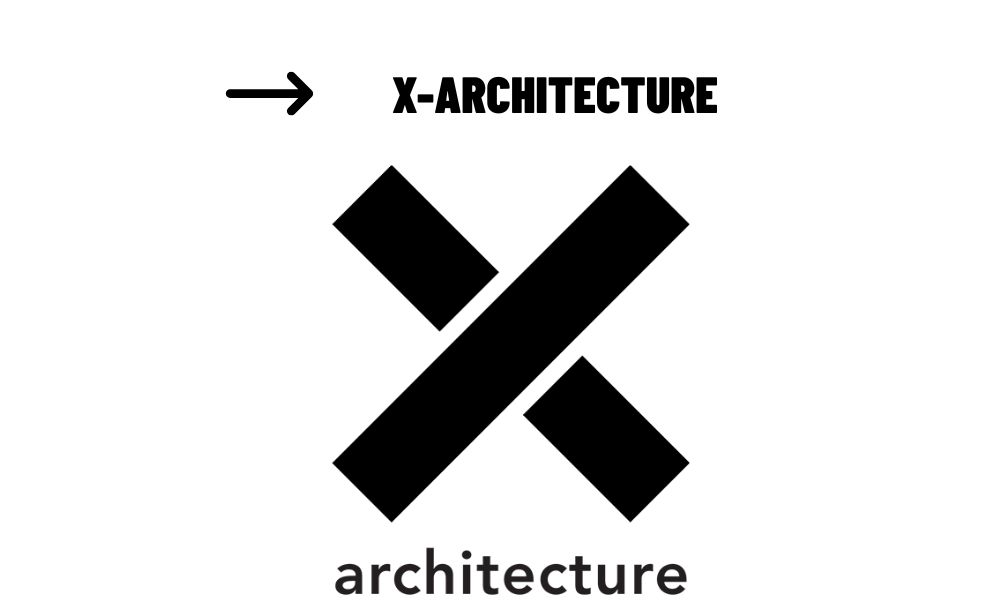The rapid growth of the smart home industry has created intense demand for compact, efficient, and power-optimized hardware. From smart thermostats and lighting systems to voice-activated assistants and connected security devices, the underlying silicon must deliver reliable performance while consuming minimal energy. One often-overlooked yet critical enabler of this progress is x-architecture, a revolutionary layout design methodology that is transforming the way chips are designed for smart devices.
Contents
What is X-Architecture?
X-architecture is an integrated circuit (IC) layout approach that utilizes diagonal routing paths—typically at 45 degrees—in addition to traditional horizontal (0°) and vertical (90°) directions. This more flexible routing structure allows for shorter interconnects, better use of silicon area, and improved electrical performance.
Originally introduced as a solution for high-density, high-performance ICs, x-architecture is now proving increasingly valuable in IoT and smart home applications, where power efficiency, compact design, and responsive performance are paramount.

Why X-Architecture is Ideal for Smart Home Devices
Smart home environments rely on embedded systems that must operate reliably over long periods, often on battery power, and within strict size constraints. Here’s how x-architecture addresses these challenges:
1. Reduces Chip Area – Enabling Smaller Devices
Space is a luxury in smart home hardware. Whether it’s a slim door sensor or a compact smart plug, every millimeter counts. X-architecture’s use of diagonal routing allows chip designers to reduce wire congestion and optimize component placement, achieving up to 20% reduction in layout area compared to traditional Manhattan architectures. This translates directly into smaller, sleeker product designs.
2. Improves Signal Integrity and Speed
Shorter interconnect paths mean signals travel faster and with fewer losses. In smart home applications—where quick response to commands (e.g., unlocking a smart lock, turning off a light) is crucial—x-architecture reduces delay and enhances reliability, especially in dense designs that integrate multiple functions like sensing, computing, and wireless communication.
3. Minimizes Power Consumption – Perfect for Battery-Operated Devices
Power is one of the most critical constraints in smart home devices, many of which run on batteries and are expected to last months or even years without replacement. X-architecture helps reduce dynamic power consumption by minimizing wire length and parasitic capacitance, which significantly improves battery life in sensors, controllers, and portable hubs.
4. Supports High-Density Integration for Complex Devices
Smart home systems are becoming more intelligent and autonomous, demanding more processing power in limited space. From on-device AI inference to local data processing, x-architecture enables higher transistor density and multi-function integration without compromising performance or energy efficiency.
Real-World Applications in the Smart Home Ecosystem
X-architecture is already influencing chip designs across a wide range of smart home components, including:
- Wireless modules (e.g., Wi-Fi, Zigbee, Thread, Bluetooth)
- Environmental and motion sensors
- Smart thermostats and HVAC controllers
- Smart cameras and doorbells
- Voice assistants and control hubs
For example, in a Wi-Fi + BLE combo SoC used in a smart thermostat, implementing x-architecture can reduce the layout size, cut routing delay between RF and baseband blocks, and reduce overall power consumption—resulting in better thermal performance and longer device uptime.

Challenges and Considerations
While the advantages are compelling, transitioning to x-architecture requires changes in design flow, EDA tool support, and team expertise. Designers must:
Use advanced routing algorithms that support diagonal paths
Modify verification and physical design steps to align with non-Manhattan layouts
Train engineers to work efficiently with hybrid architectures
Fortunately, modern EDA platforms such as Synopsys, Cadence, and Siemens have increasingly robust support for x-architecture-aware routing, making adoption more seamless than in the past.
The Future: Smarter Designs Start with Smarter Layouts
The future of smart home technology is not just about what devices do, but how intelligently they are designed. As the demand for more compact, reliable, and energy-efficient smart home devices continues to grow, x-architecture offers a proven way to gain a competitive edge at the silicon level.
By leveraging this advanced layout methodology, semiconductor designers and smart device manufacturers can:
- Extend battery life
- Reduce time-to-market
- Enable richer functionality within smaller form factors
In an industry where design constraints are growing tighter and user expectations are rising, x-architecture provides a powerful toolset to meet the needs of next-generation smart home solutions. By enabling smaller, faster, and more power-efficient chips, it lays the groundwork for truly intelligent living spaces.
Whether you’re developing chips for sensors, edge controllers, or smart appliances, integrating x-architecture into your design strategy could be the key to unlocking better performance and a smarter home experience.


